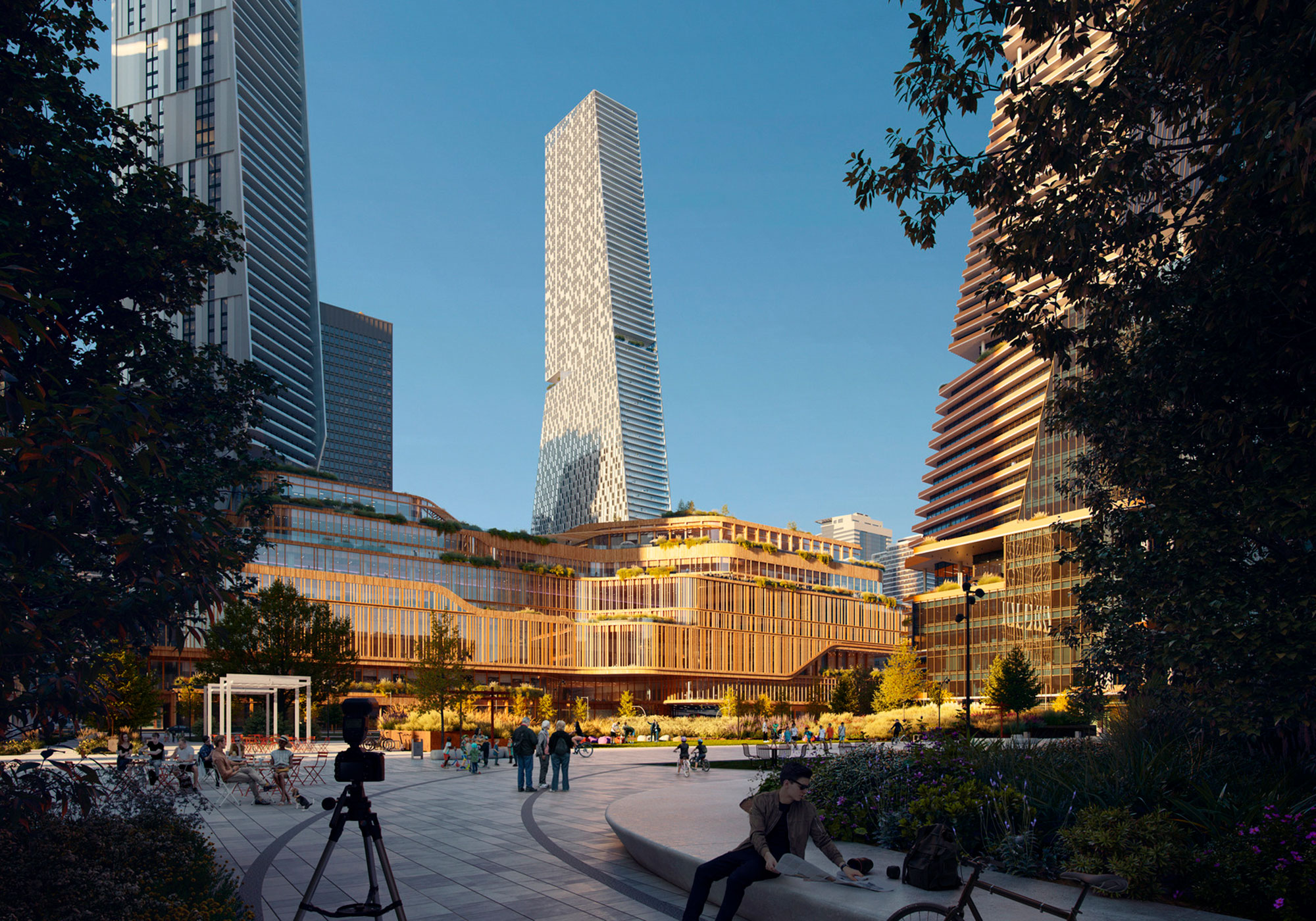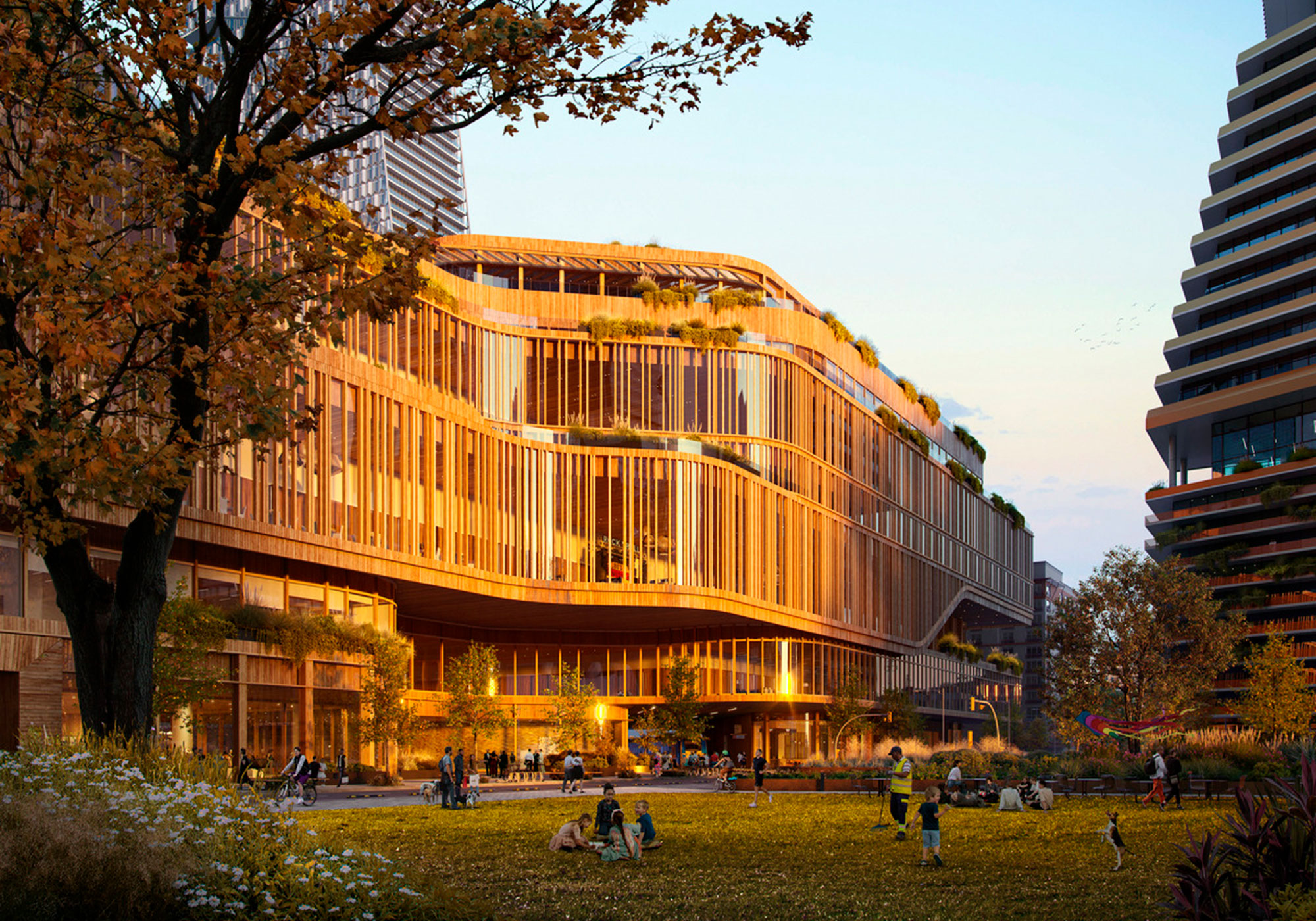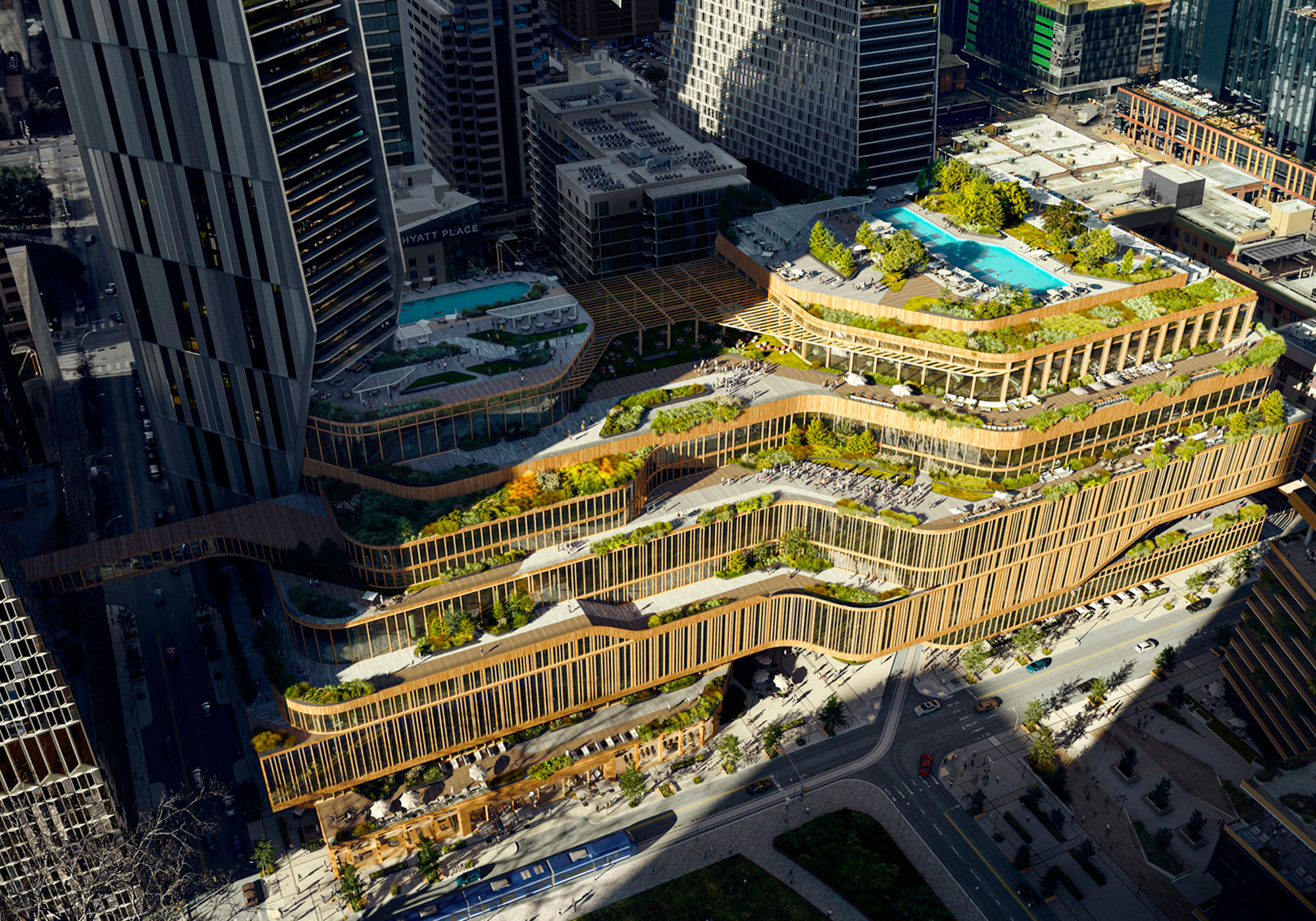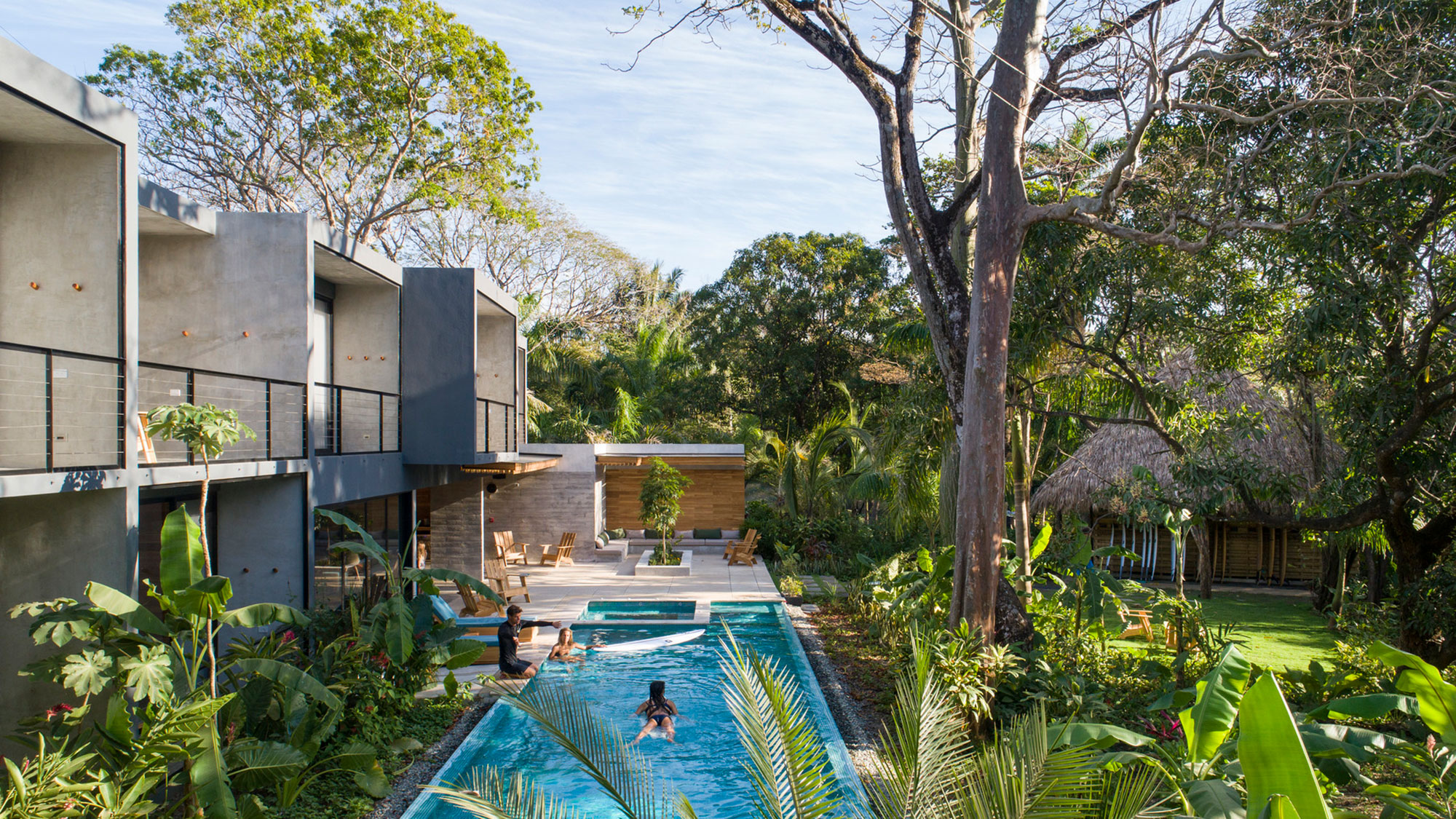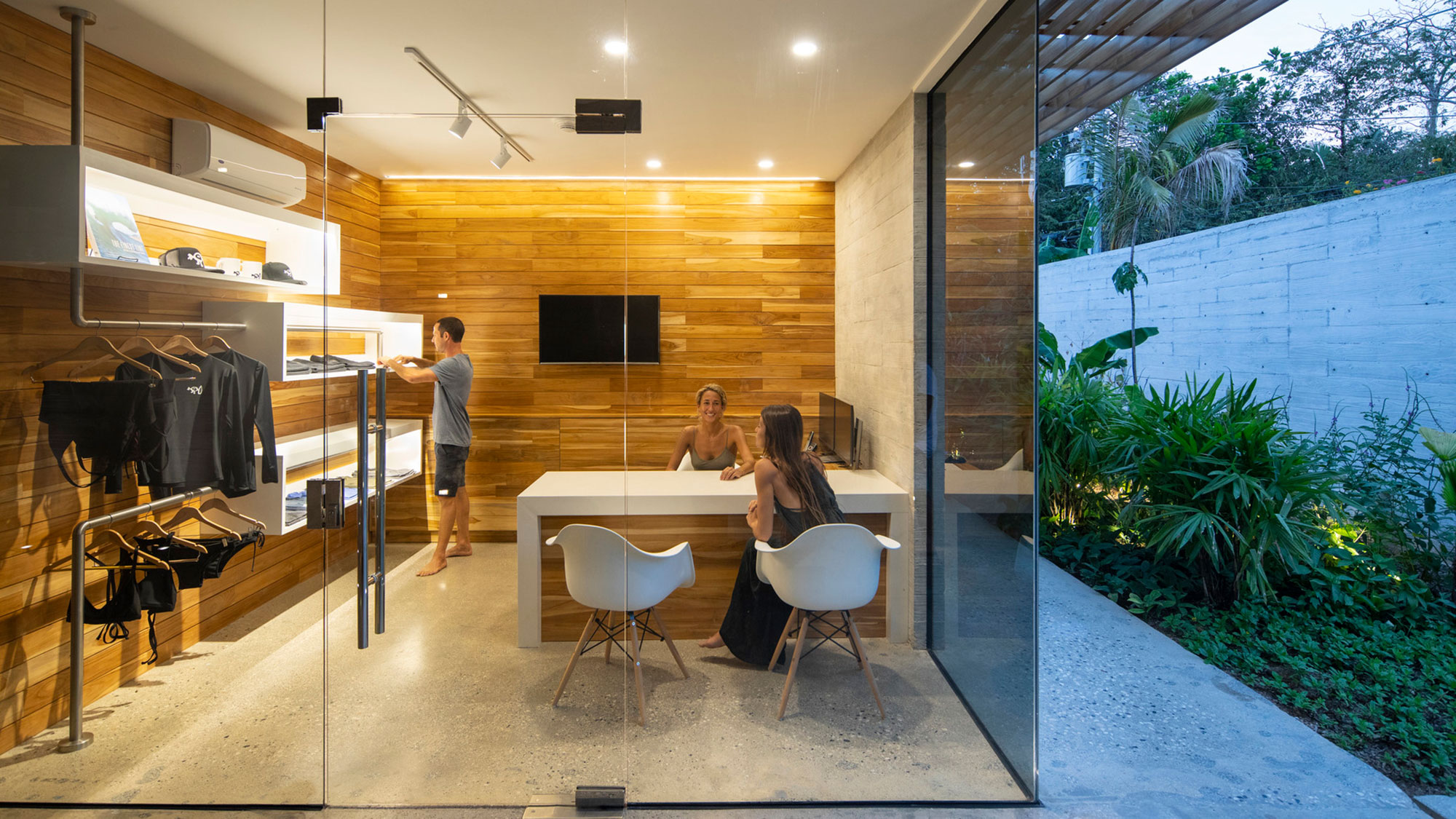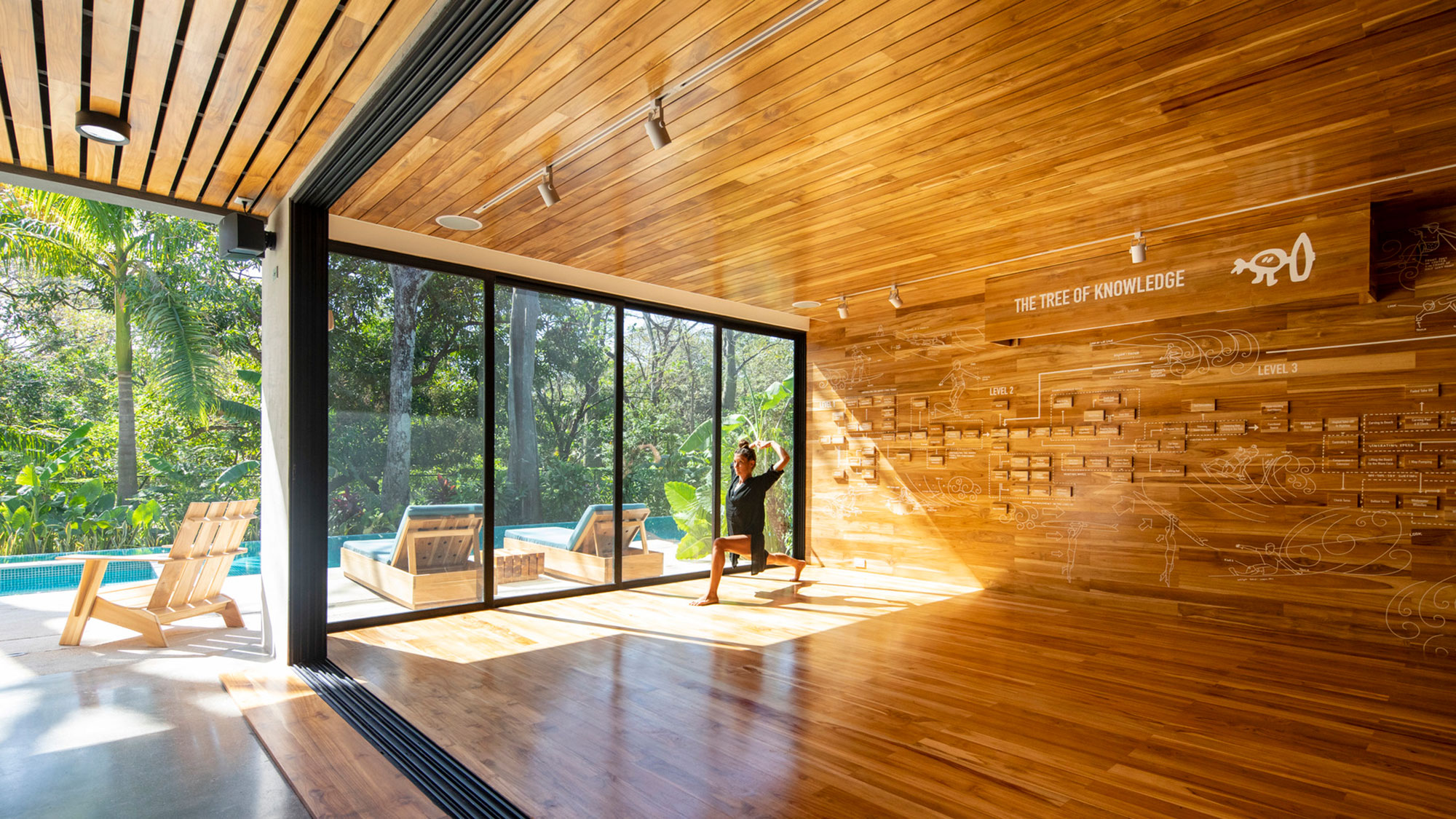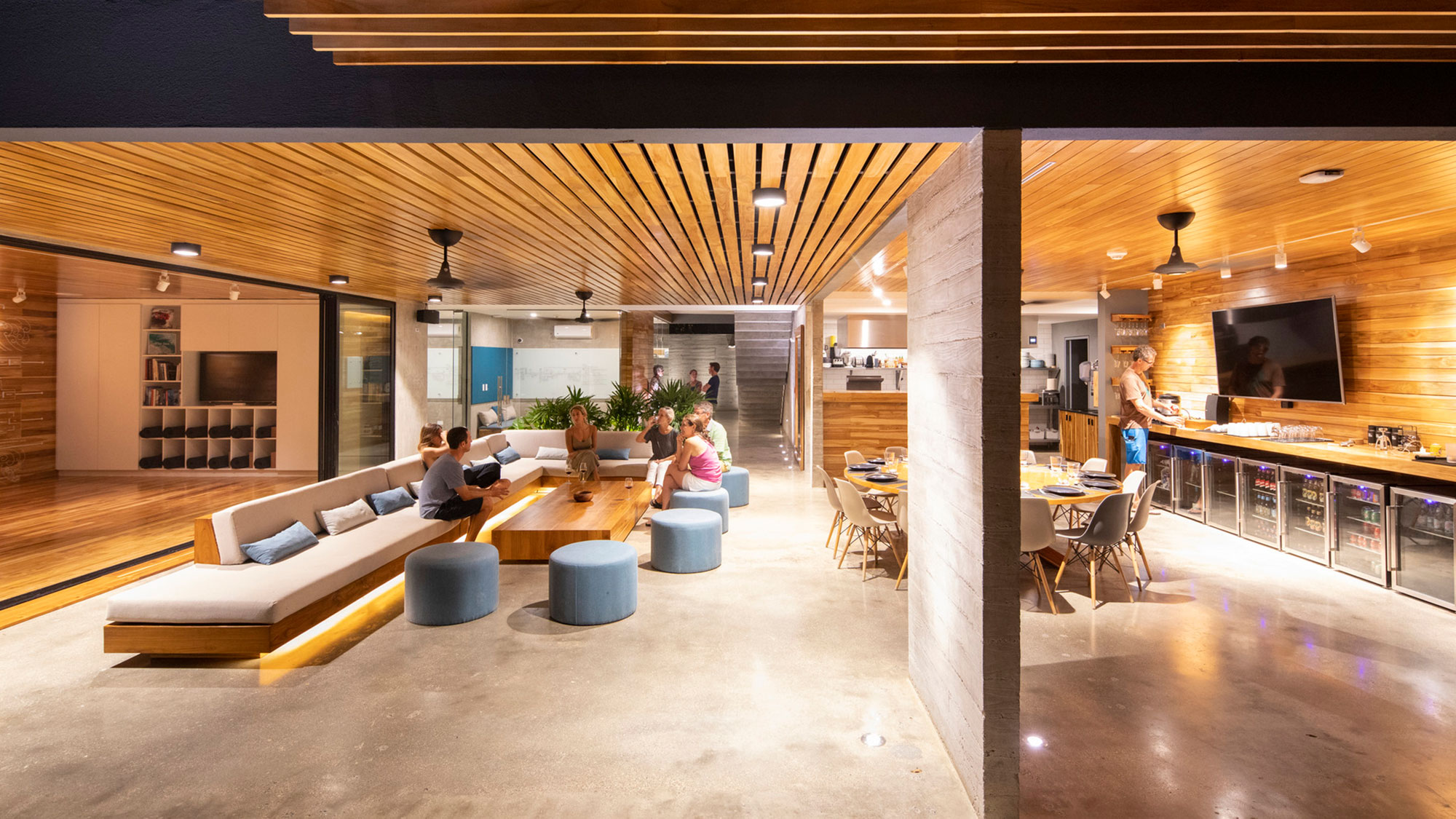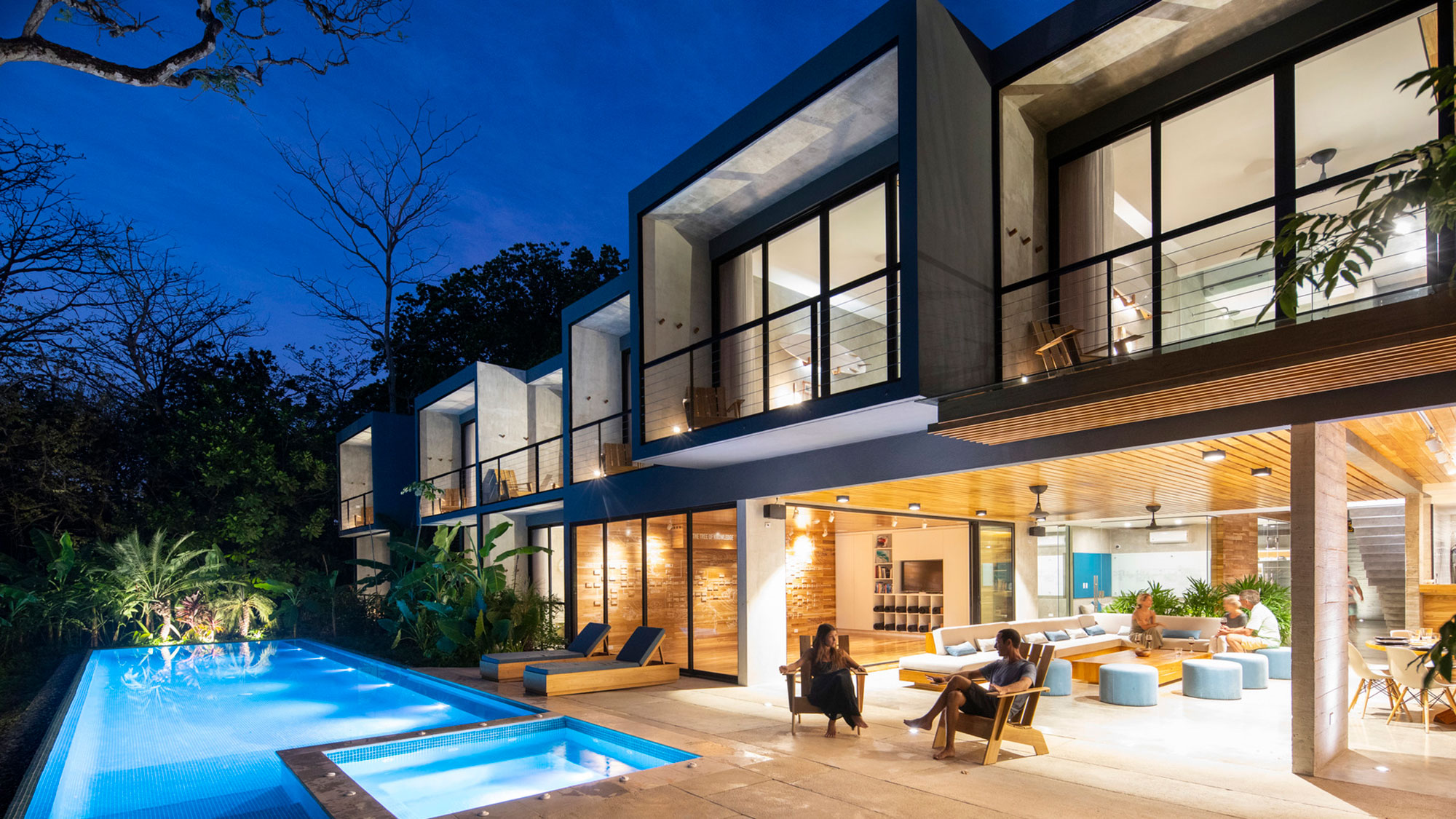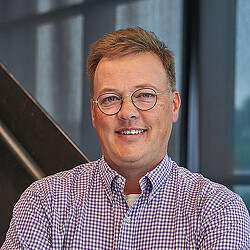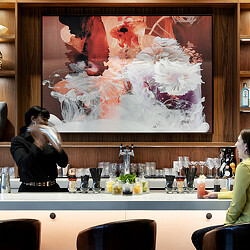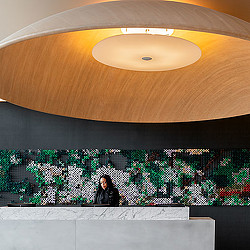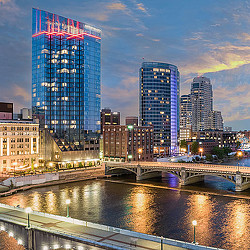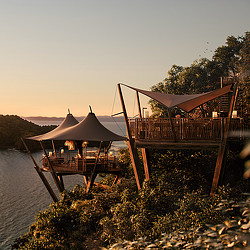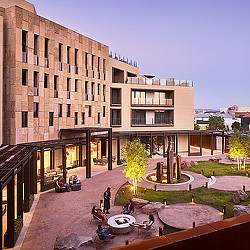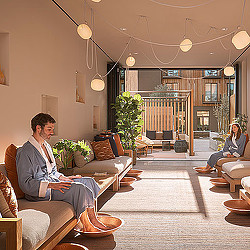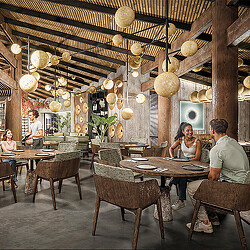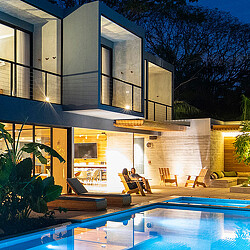Why Hospitality Must Adopt the “Leave No Trace” Mindset
By embracing “Leave No Trace” ideas, we can create places that connect people, elevate natural and urban spaces, and preserve the Earth.
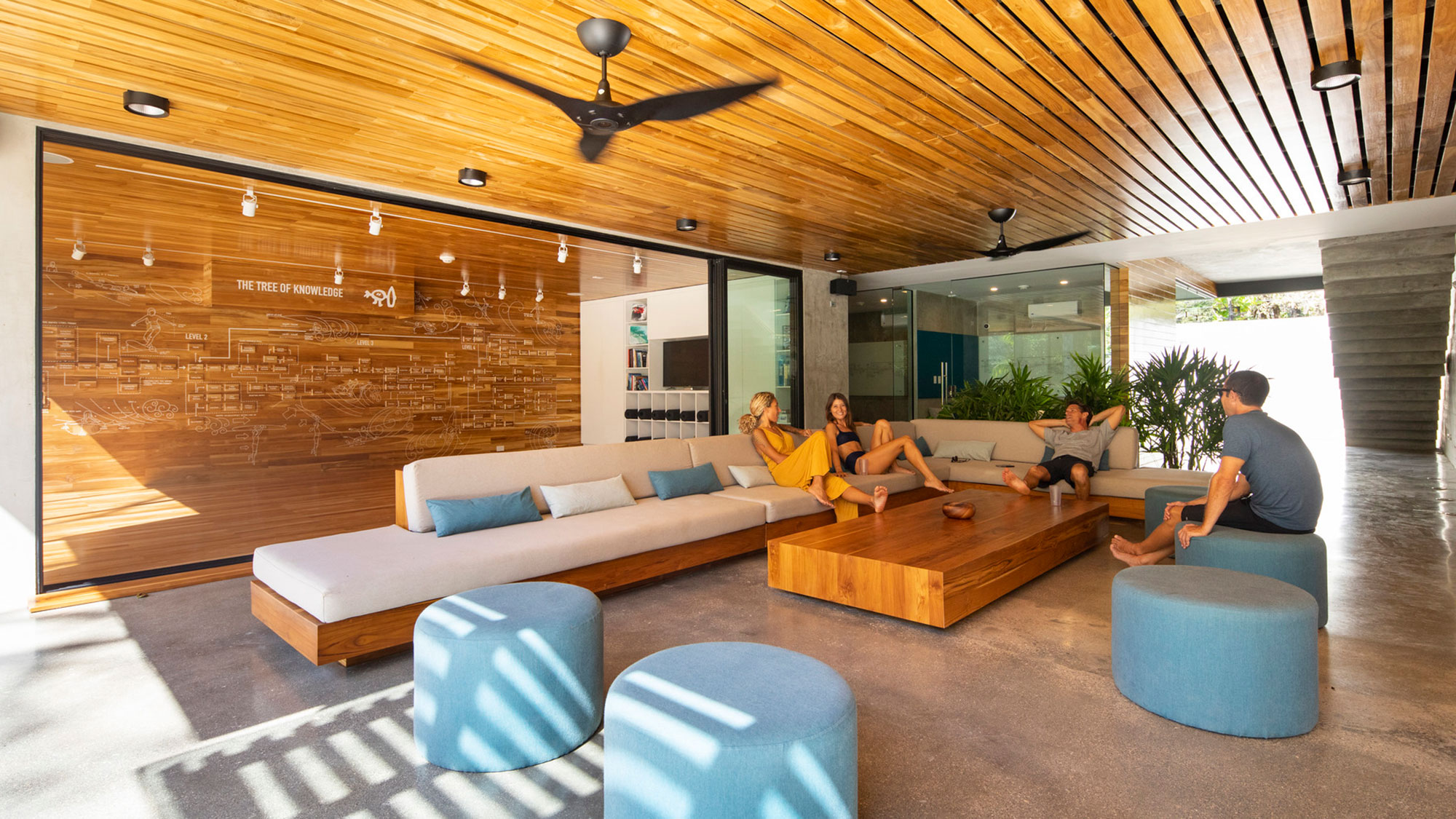
Today, we find ourselves at an inflection point in the hospitality industry as Generation Z comes of age. This eco-conscious generation has a strong commitment to sustainability and expects companies and brands to prioritize sustainable practices in all aspects of their business. Just look at the trends they have had a hand in moving forward: electric vehicle sales are growing, more cities are adopting dark skies protocols, and new energy codes continue to reduce electricity usage.
Given this burgeoning reality, the hospitality industry is being pushed to the next level of design beyond operations decisions and carbon offsets. To continue to attract this next wave of travelers, we should aspire to a design point of view that encourages responsible stewardship of the environment. Enter the “Leave No Trace” philosophy.
Leave No Trace comes from the backpacking community, those who celebrate our wild, natural spaces and approach the world with a desire to make sure the next person down the trail (and future generations) can experience the natural world as is.
How can we adopt this mindset as we design hospitality projects today and beyond? First, we need to understand the ideals. Leave No Trace requires us to be mindful of place, the impact created by our presence, and how that all affects the natural environment today and for those who follow us in the years ahead.
Reflecting on Our Impact
Whether we design in an urban city block or a remote setting, bringing development to a new place has an undeniable impact. In urban settings, we must consider how we can seamlessly integrate into or repair the urban fabric that has deteriorated over time. This can be seen in Gensler’s proposed plan for reimagining the Austin Convention Center. The concept eliminates urban barriers, and invites exploration upward, though a newly built environment. It also reestablishes the city grid and allows increased connection between downtown and East Austin, a previously segregated part of the city.
Another example of this thoughtful design and development is Surf Simply, a surf resort located in a remote area of Costa Rica. The surf community places absolute value on the natural setting and a deep understanding that the beach, break, forest, and ocean are intrinsically and inextricably linked. Surf Simply only allows for a few guests at a time, ensuring that each successive group of guests can experience the surroundings in the same way the owners experienced it when they first hatched the idea for the resort.
Developing With a Gentle Hand
The owners of Surf Simply could have opted for a larger space, but that would require more deforestation and encroachment upon the local community. Not to mention the possibility of disrupting the natural sand cycle, which would spur erosion of the beach and negatively affect the break. At that point, the resort would lose its value to the surf community and their culture, which prioritizes care for the environment.
Shifting back to an urban setting, the issues are profoundly different, but the concept remains the same. The design approach must consider our shared resources and limiting overuse or waste. We need to think about employing strategies that reduce the burden on the electrical grid and the depletion of fresh water. Consider green roofs to limit rainwater run off or condensate to water the landscape during drier seasons as viable methods that can help preserve access to a limited resource. Moving away from full curtain wall buildings to designs that are more responsive to hotels’ need for opacity can help reduce heat gain and lower the project’s energy burden.
Finally, as science continues to advance photovoltaic films, we can see a world emerging where our buildings become PV arrays. While a hotel may not get to the point of returning power to the grid, using the vertical faces of urban towers to generate power can still make a substantial difference in our overall development of renewable energy.
Designing for the Future
Ultimately, our project work must embody the idea that our planet is not handed down from our ancestors, but borrowed from our children, and every generation to come. In the United States, the generation before us made conscious decisions to celebrate the automobile. As a result, we installed freeways through cities, creating barriers among our communities that impact us today and our cityscapes are defined by streamlining automotive traffic. But now, we have an opportunity to think differently and design in ways that unite us. By centering our work on “Leave No Trace” ideas, we can raise the bar on thoughtful placemaking that brings people together, elevates the experiences of our natural and urban spaces, and preserves the Earth for future generations.
For media inquiries, email .
